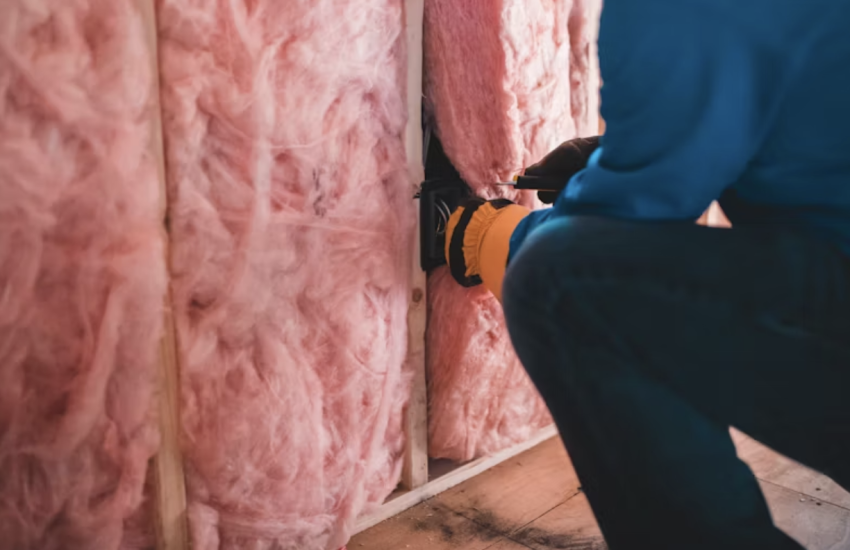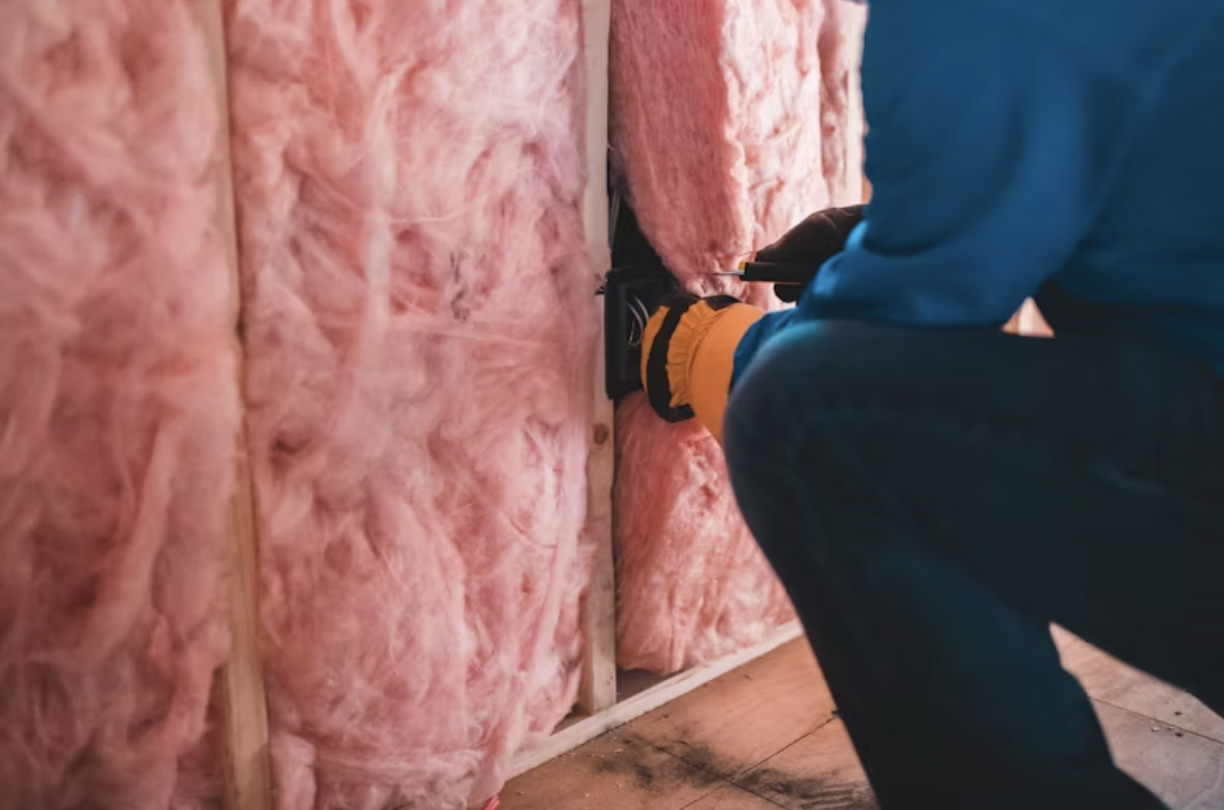Slab Leak – Tips On How To Detect And Fix Leaks Under The Foundation
Is your house built on a concrete slab? Leak in the water line, below the concrete slab of the floor can be very challenging to detect and fix. It is referred to as slab leak or pinhole leak. The main problem of slab or pinhole leaks is that you cannot see the pipes. Do you want to know how to detect and fix the leaks without seeing the pipes?
Are you not sure if your house is on a slab or not? Don’t worry. You can find it out easily. Just stomp on your floor. What sound do you hear? Is it a hollow sound or solid sound? You hear hollow sound if there is crawling space in the floor. It means your house is not built on a slab. You hear a solid sound, if your house is built on a concrete slab.
Symptoms of slab leak
Are you not sure if there is a slab leak in your house or not? Leaking in hidden pipes is not visible to your eyes. How to detect slab leaks? You should look for one or more of the following symptoms. What are the symptoms?
- Unusually exorbitant water bills
- Wetness in the floor
- Wet spots in the carpet
- New cracks in the floor
- New cracks in the wall
- Moist smell from the floor
- More ants running about in and around the house
- Cold water tap feels hot
- Hearing running water sound
- Warmth in the floor when you walk barefooted
- Decrease in the pressure of water
Do you find a few of these symptoms? If so, the chance of slab leak is high. You should fix it as early as possible.
How to fix a slab leak?
There are a few options to fix slab leaks. What are they?
- Re route – This is the most common practice for fixing slab leaks. This is preferred by many people because it is recognized by the insurance companies. In this system, a new water line is laid above the leaking line under the floor.
- Re piping – When you have rerouted your pipe line already, you may be advised to go for re piping option. In this system, new non metallic pipes are laid. You can forget about leaking pipes for decades if you go for re piping.
- Direct access – The floor is hammered and the leaking spot is repaired by cutting and soldering and rejoining. This lasts only for a short time. It is not advisable if you want a long term solution.
- Trenchless technology – This is also called epoxy pipe restoration. Two access holes are made to get access to the slab leak. This is a best option because this is not very expensive and not very invasive.
Slab leaks are not easy to fit. DIY is not advised surely. You should get plumbing experts to fix the problem. Go for someone with extensive experience to make sure you will not have any troubles in the near future. You can get more details in plumbingplus.net.















